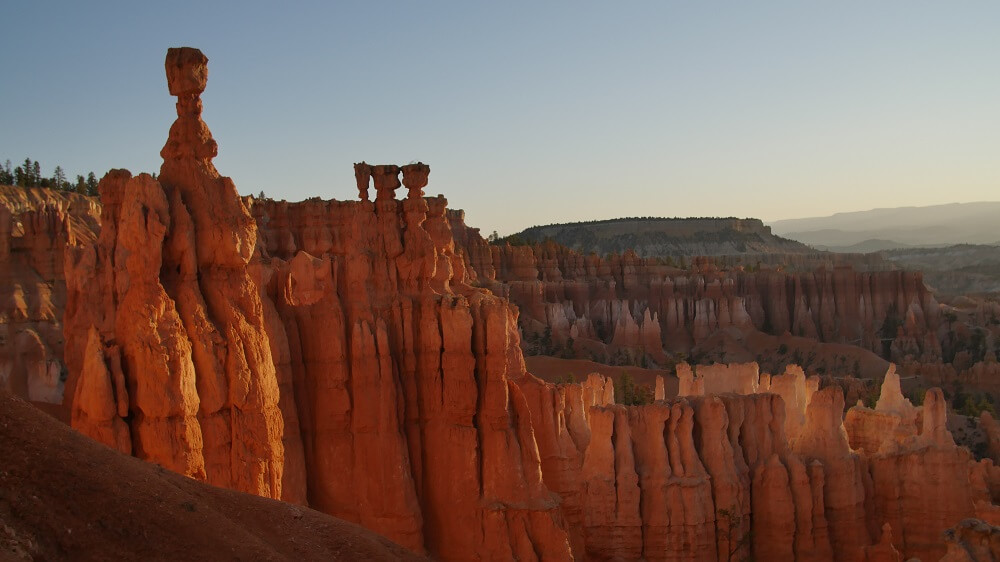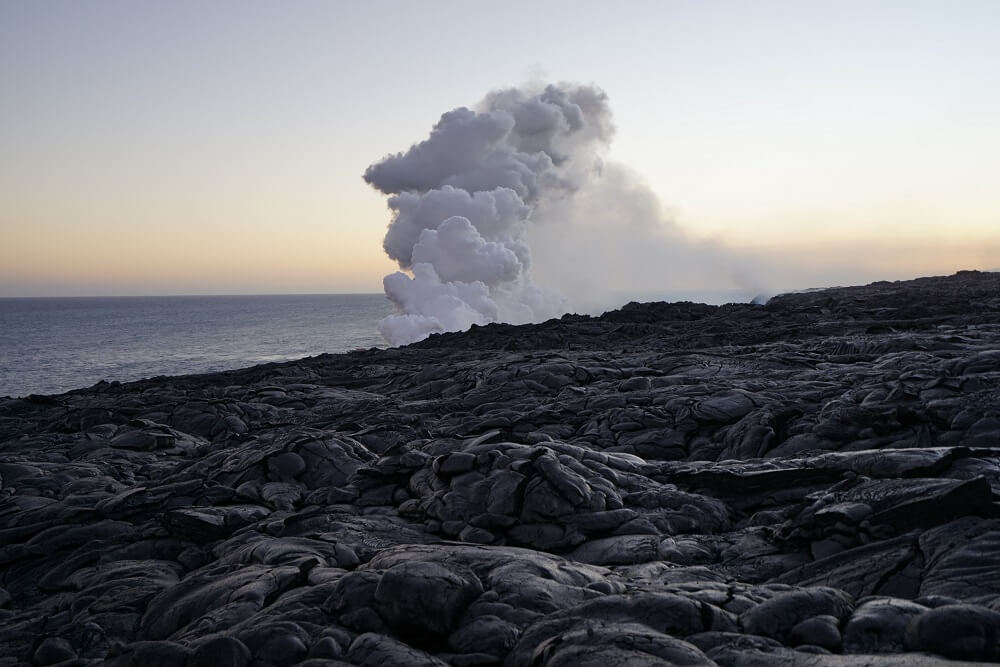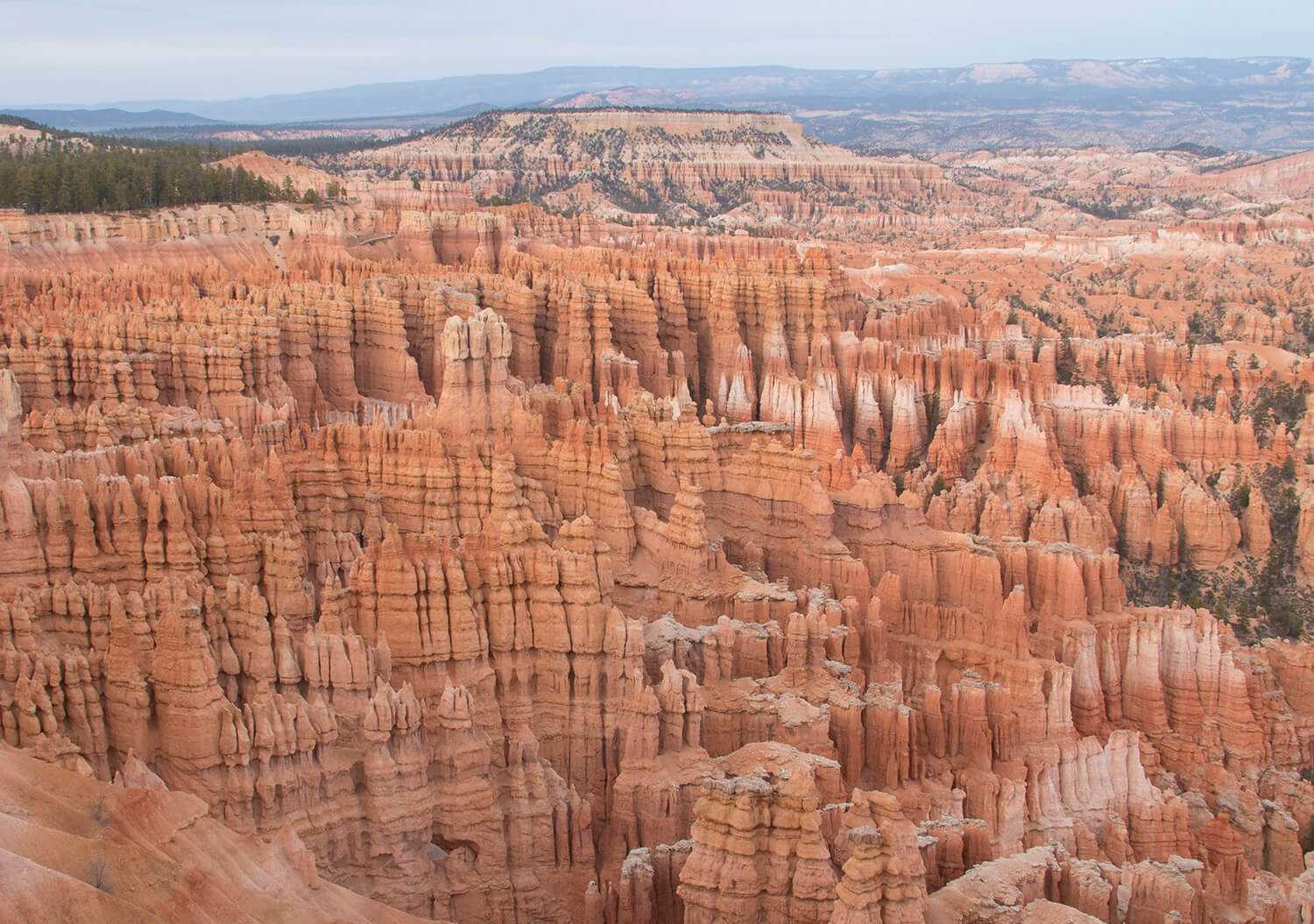The coronavirus pandemic has put travel plans on hold. And with social distancing and quarantine being enforced across the world, people are seeking ways to stay connected while staying apart. Luckily, you can still explore the great outdoors of the United States from the comfort of your home. This World Environment Day, get your nature fix by taking a virtual tour of some of the most spectacular U.S. National Parks. Transport yourself to these distant lands and brush up on your knowledge of America’s greatest parks, which include:
Dry Tortugas National Park, Florida
In the stunning cerulean blue waters of the Gulf of Mexico, Dry Tortugas National Park is one of the most remote National Parks in the USA. The park sits 113 kilometers off the coast of Key West, Florida and is only accessible by ferry, boat or seaplane. But the park’s stunning ruins and colorful coral reefs make the trek worthwhile.
This 259-square-kilometer park is anchored by the 19th century Fort Jefferson and the picturesque Garden Key Lighthouse, both of which played an important role in the Florida Keys maritime past. Dry Tortugas is also home to 30 species of coral, an abundance of brightly colored fishes and marine animals that frequent the turquoise sea.
Carlsbad Caverns National Park, New Mexico
The 19,000-hectare Carlsbad Caverns National Park features an incredible array of wildlife, plants and natural wonders in caves, along hiking trails and abutting rock formations. With about 350 kilometres of mapped underground caves, deep canyons and ancient sea ledges, Carlsbad Caverns’ beauty reaches above and below the Guadalupe Mountains of southeastern New Mexico.
On the surface of the park, canyons offer opportunities to hike, bike and climb, while the windy plains are home to a variety of wildlife. Below the park’s hiking trails and scenic overlooks sit more than 119 known caves, all formed from the surrounding limestone and all awaiting exploration.
Bryce Canyon National Park, Utah
Bryce Canyon National Park is the favorite national park of many visitors to the southwestern U.S. It is not a real canyon, in that it is not eroded by flowing water. Instead, the park’s natural geologic formations are caused by water freezing and thawing, as well as natural erosion from rainfall.
Visitors are immediately captivated by one of its most unique features, the hoodoos. These limestone-rich pillars range from average human height to more than 10 stories high. Because of Bryce Canyon’s unique erosional patterns, hoodoos are more abundant here than anywhere else in the world. The easiest way to see them is by looking down from the canyon’s rim, but there are a handful of opportunities to hike or ride horses through the canyon with local guides.

Hawai’i Volcanoes National Park, Hawai’i
Volcanoes are living proof that the Earth hasn’t finished forming. You can witness it with your own eyes in Hawai’i Volcanoes National Park, located on the southeastern shore of the Big Island. Here, hot, molten lava carves pathways through the stark landscape, steaming as it meets the ocean.
The 134,795-hectare park was created around the world’s most active volcanoes – Kīlauea, which has been in continuous eruption since 1983, and Mauna Loa, which last erupted in 1984. Recognized as a World Heritage Site, plants and animals populate seven ecological zones here.











